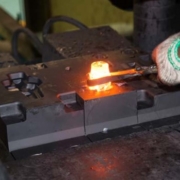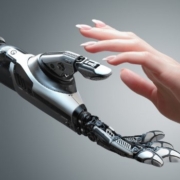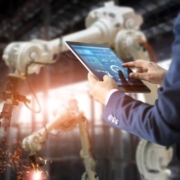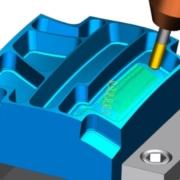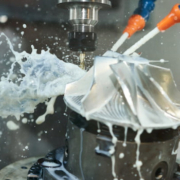Why Are Machining Titanium Parts More Advantage Than 3D Printing On Some Titanium Projects?
3D printing & CNC machining are the two most often employed processes for prototype and low-volume manufacturing. However, because both approaches to manufacturing are fundamentally different — one is additive, while the other is subtractive — determining the best manufacturing method for your application is critical for streamlining product development, increasing efficiency, and ultimately producing higher-quality parts.
This article will compare 3D printing versus CNC machining and provide some recommendations on choosing the best process.
CNC vs. 3D printing
3D printing & Computer Numerical Control (CNC) machining may provide several advantages when creating functioning prototypes and finished items. While both depend on computer-aided design (CAD) data and use various materials, the similarities stop there.
Apart from its high strength-to-weight ratio, titanium is very resistant to corrosion — caused by seawater, chlorine, and acids — and is non-toxic in large quantities. It makes it especially advantageous in the medical field, where implants and other medical equipment are often used.
Why use titanium?
Titanium, despite its high price, is a very popular material. Titanium is used for a variety of reasons, including the following:
- Superior tensile strength
- Corrosion resistance
- An advantageous strength-to-weight ratio
- Ductility
- Excellent machinability
- Alternatives for surface treatment
- Recyclable
Titanium is often utilized in aerospace, automotive, and medicine for these reasons.
Titanium aerospace components include engine, airframe, rotor, and compressor blades. Indeed, aerospace is the primary driver of titanium production: two-thirds of all titanium produced globally is used in aircraft engines and airframes.
Titanium components are used in the medical field for surgical implants (such as long-term hip replacements) and tools. Additionally, wheelchairs and crutches are made of metal.
Why is titanium CNC machined?
Machining is usually the optimum production technology for producing the most precise and cheapest titanium components. To appreciate why to consider the alternatives. The tips of titanium cnc machining process as below:
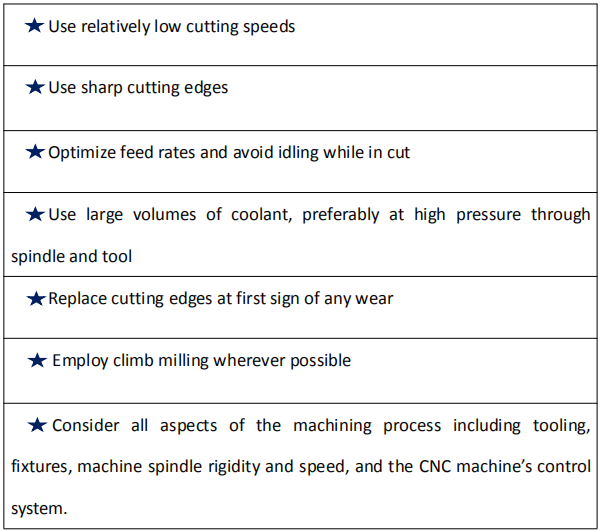
Manufacturers seldom cast titanium components. It is because heated titanium interacts severely with oxygen, and a large proportion of the refractory materials used in casting include trace quantities of oxygen.
While rammed graphite casting — employing an oxygen-free graphite cast — is a solution, it results in components with a very rough surface roughness that is unsuitable for most medical, aeronautical, and industrial applications. Titanium pieces may also be made using lost wax casting. However, this necessitates the use of a vacuum chamber.
Titanium 3D printing materials may be processed using a few different 3D printing procedures, including Selective Laser Melting (SLM), Electron Beam Melting (EBM), and Direct Energy Deposition (DED). However, these 3D printing equipment are prohibitively costly, and several sectors have yet to certify 3D printed titanium for safety-critical end-use components. A more recent method is to employ additive manufacturing to create titanium components.
In comparison to other methods, CNC machining is an accurate, safe, adaptable, and cost-effective method of fabricating titanium components.
Consider the following factors before you start machining titanium:
Heat buildup
When compared to more common metals like aluminum, titanium is more complex to work with and fabricate.
Galling
Compared to titanium alloys, commercially pure titanium is more susceptible to galling and built-up edges.
Workholding
Because titanium and its machinable alloys are less stiff than other metals, they need a firm grip during CNC machining.
The differences: CNC machining Vs 3D printing
Labor requirements
CNC machining necessitates using a qualified machinist to change the tools, specify the cutting path, and reposition a component to get the desired form.
3D printing, on the other hand, is an automated process that requires significantly less effort. Naturally, the file must be prepped for printing (including converting to STL and determining the best orientation), but the whole procedure should take no more than 30 minutes. Once the file is created, and the printer is set up, no intervention is necessary until the component is finished.
Production time
Various variables may influence production timeframes in both methods. The amount of the material for the component and its height are important aspects of 3D printing. Some features also need support structures, adding 5% and 15% to the printing time.
Cost
One of the benefits of 3D printing is its ability to produce complex components at a cheap cost, which is why it is increasingly being used in metal applications. The converse is true with CNC: the more complex the product, the slower the machining process and the more labor required, resulting in higher prices.
Other variables might influence manufacturing costs, such as material costs (CNC and 3D printing) and the cost of maintaining or replacing machines (CNC).
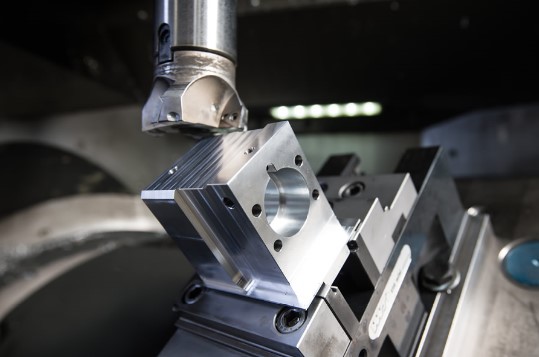
Dimensional accuracy and part characteristics
CNC produces structurally sturdy and dimensionally particular products because it cuts a part out of a solid block of material.
The sequential, layer-by-layer process of additive manufacturing, on the other hand, often results in weaker components than CNC. Metal 3D printing presents a unique set of challenges, with porosity resulting in inconsistent component strength.
Material waste
CNC may generate a lot of waste since it takes material from the block that cannot be recycled.
Compared to CNC, 3D printing generates much less waste (between 1% and 3%), with certain technologies like Binder Jetting and SLS allowing any remaining material to be reused.
Part size
Since CNC machining works with material blocks, it can manufacture large-scale parts relatively easily. Smaller parts and components work better with 3D printing, which is why large-scale AM systems are gradually making their way into the market.
Post-processing
The surface polish of CNC-produced parts is excellent, and no further post-processing is usually necessary.
However, the post-processing of 3D printed objects is virtually always required, depending on the technology used (removal of support structures, depowering, cleaning, polishing, etc.). To remove a batch of components’ support may take anything from 5 minutes to many hours, depending on the part.
Conclusion
To summarize, no method is flawless or universal. While both techniques are capable and valuable, the most suited will depend on the material, geometric complexity, production volume, and budget. To determine the best option for your specific project, we recommend contacting a local or international agency seeking guidance. If you want to produce in-house, consider the equipment at your disposal and determine if it is suitable for the work at hand

